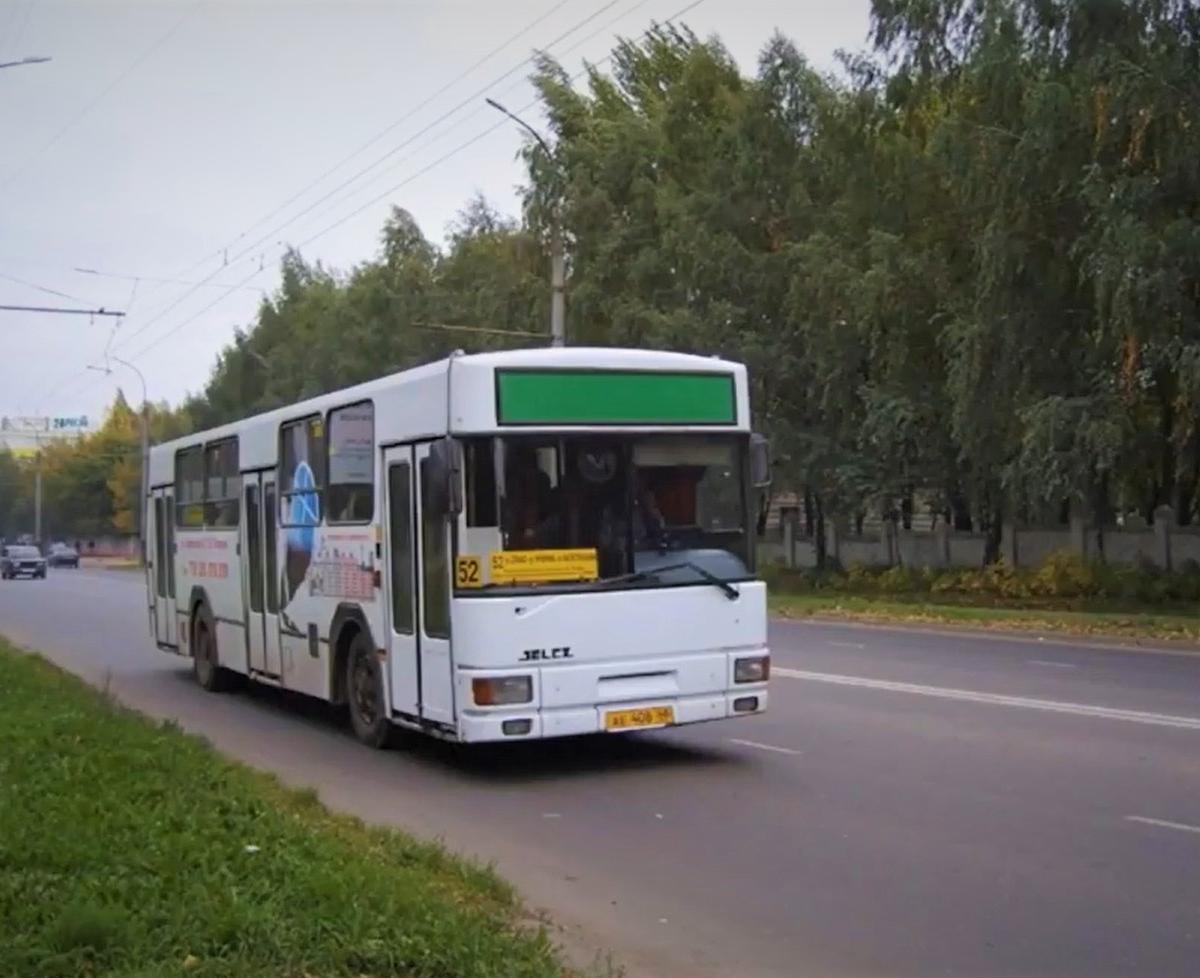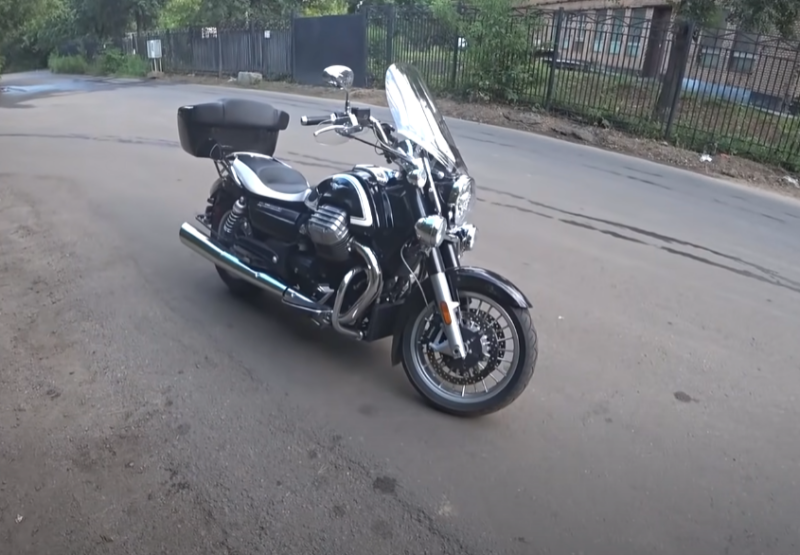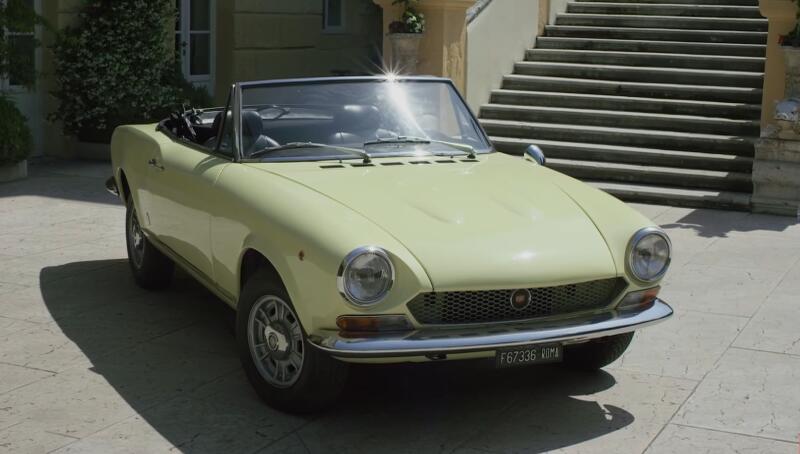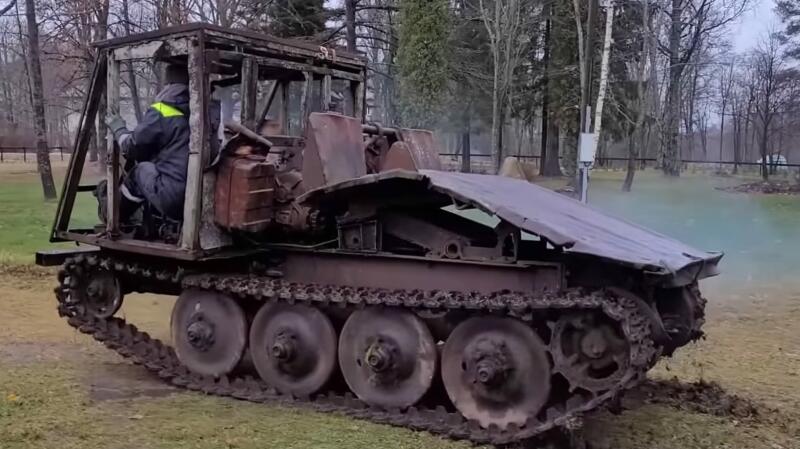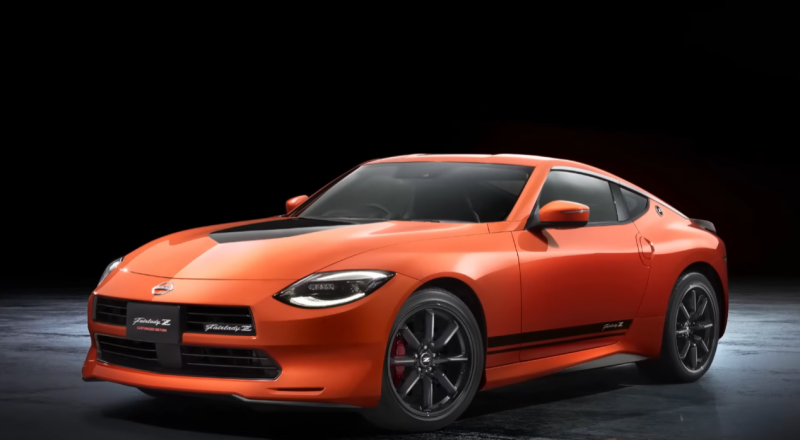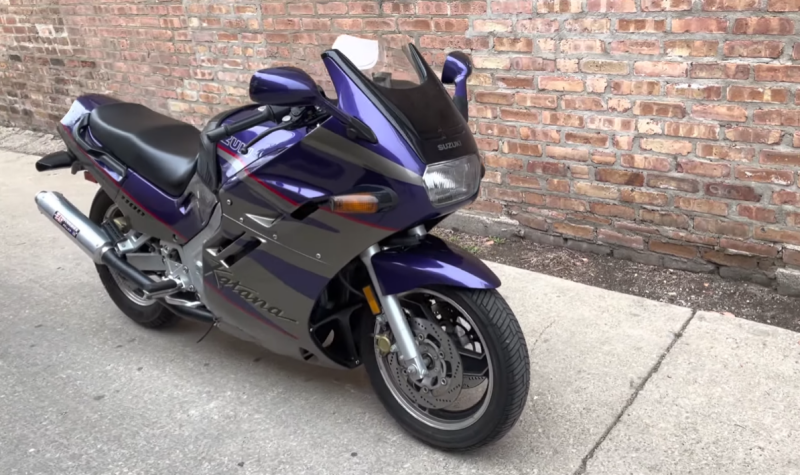Over time, local designers developed the first version of the bus with a capacity of 25 passengers. The chassis of the Star truck served as the basis for its development. The bus was named Stonka. Of course, it did not talk about the special comfort of the trip, but, given the vast shortage of passenger transport, the novelty was quite in demand. Starting in 1954, Stonka was used to transport workers of various Polish enterprises.
 Skoda 706 RTO, nicknamed "cucumber" for its appearance. Photo: youtube.com
Skoda 706 RTO, nicknamed "cucumber" for its appearance. Photo: youtube.comThis situation continued for the next six years. Since 1958, the company received the official name Jelcz and fully engaged in the development and production of new models of trucks and passenger vehicles. The main emphasis, however, was placed on the last point. Therefore, from the second half of the 50s, licensed production of buses from a neighboring country, the 58-seat Skoda 706 RTO, was mastered.
Establishment of the Jelcz company
The plant, which was abbreviated as JZS, was the only Polish enterprise engaged in the mass production of trucks during the 50-60s. Already in 1959, the first sample of such equipment, prepared on its own, was ready. He was preceded by several years of testing and refinement of prototypes. The car received an odious name - Zubr and was able to carry up to 8 tons of cargo.
 The appearance of Jelcz buses was no worse than that of other contemporaries. Photo: youtube.com
The appearance of Jelcz buses was no worse than that of other contemporaries. Photo: youtube.comUnfortunately, the "first pancake" turned out to be lumpy. Immediately after the start of production, the factory workers faced massive consumer complaints about the unreliability of the power unit and other truck components. So we came to the conclusion that the engine needs a complete replacement. In order not to be constantly dependent on imported manufacturers, it was decided to purchase a license from the British company Leyland. Thanks to this, in the middle of the next decade, the production of the 0.680 diesel engine was launched in the city of Mielec. The gearbox for it was made in Tczew, located more than half a thousand kilometers away.
Jelcz's first successes came when, in 1968, a new 8-ton truck model "315M" began to roll off its assembly line. It was with him that the history of the "three hundredth" generation of trucks of the plant began. In parallel, the production of several lines of passenger buses continued.
The new truck took into account past mistakes and, on the contrary, turned out to be very reliable. In addition, all Jelcz 315 M mechanisms were durable and unpretentious in operation. The technical set of the model included:
✅ 11,1-liter SW680 engine
✅ engine power - 200 hp With.
✅ 5-speed gearbox
✅ hydraulic booster and bridges of Hungarian production
✅ brake system from American WABCO
As you can see, this entire list is represented by foreign-made components. Only the cabin, perched above the licensed engine, and the frame, to which imported structural components were attached, were their own. The successful model immediately led to a number of modifications:
✅ Jelcz-316 (three-axle, load capacity 10 tons)
✅ truck tractor "317" (with the possibility of compiling a road train weighing up to 32 tons)
✅ dump truck "3W-317"
This diversity has made the XNUMXth Jelcz line the country's leading freight transport. In parallel, the production of various models of passenger buses developed. One of them, which has been in the production of the enterprise for almost forty years, is worth mentioning separately.
Intercity Jelcz 043, which appeared thanks to the Czechoslovak license
The release of Jelcz 043 was mastered back in 1959. It was a licensed copy of the Czechoslovak Skoda 706 RTO. The bus appeared because its predecessor, based on the design nodes of the unsuccessful Zubr, was also rejected. Therefore, the mass production of the project called Odra A81 did not take place. The Poles realized that their own engineering experience is still insufficient, so it is more prudent to turn to proven samples of foreign technology. We asked the Czechs for help with the buses.
Under the terms of the contract, the chassis was supplied by the Czechoslovak side, but the body, under license, was made by the Poles themselves. The trial batch turned out to be quite good, so for the next 1960, 200 buses were already assembled. All load-bearing structures of the model were made of sheet steel or steel profiles.
 They also met on our routes. Photo: youtube.com
They also met on our routes. Photo: youtube.comIn the cabin, in addition to 42 main seats, there were 10 additional, folding designs. He was heated by a gasoline or water heater. The luggage compartment under the cabin floor was very modest. Therefore, the luggage racks installed above the side windows turned out to be very useful. Early designs also included an automotive-style top rack.
Power plant with a capacity of 160 liters. With. borrowed from the Czechoslovak "ancestor". The engine was located in front of the bus, and the rear drive was provided by a shaft. The model turned out to be so popular that even the appearance of more modern Jelcz PR70IL and PR80D buses in the 110-110s did not prevent its release for several more years. Interestingly, the Poles were able to adequately thank the Czechs. Their joint development was used in the introduction of the production of Czechoslovak buses Karosa "seven hundredth" series. Production of the Jelcz 043 was completely discontinued in 1986.
Mobile repair shop Jelcz - for the needs of the Soviet economy
Those who had to catch the last decades of Soviet history will very easily name the most popular Polish car brand in our country. It is, of course, Zuk. With the rest, it will be much more difficult, because the supply of Polish trucks to our country was very scarce. But there were other Polish cars, so necessary for the needs of some of our specialized services. One such example is the Jelcz 574 mobile repair shop.
 Laboratory Jelcz 574. Photo: youtube.com
Laboratory Jelcz 574. Photo: youtube.comThe car, the production of which was mastered in 1963, was intended for the repair and maintenance of machines and mechanisms. The all-wheel drive design was completed with a manual transmission and a 105-horsepower internal combustion engine. In addition to the main purpose, there was a modification with a lifting unit fixed to the frame. In small quantities, it was also exported to our country in the 70s. The release of this special vehicle lasted for 20 years and ended in 1983.
Work of the enterprise in new realities
In the first half of the 80s, the plant's specialists carried out internal renovation. So, by combining existing units, chassis and components, a new batch of trucks of the “four hundredth” series and tractors of the “six hundredth” (S415, S416, C417, C620 and C642) was created. A new 18-ton dump truck has also appeared.
The completion of the stage of the socialist history of the country brought new opportunities in the form of a modular bus assembly system. But, on the other hand, thanks to the influx of imported equipment, competition has also increased significantly. In addition, such well-known world bus brands as Volvo and Scania have opened their production facilities in Poland.
 Zuk mini trucks are well known in our country. Photo: youtube.com
Zuk mini trucks are well known in our country. Photo: youtube.comIn such conditions, it was very difficult for Jelcz to withstand the rivalry. Therefore, I had to adapt to the current state of affairs. The main production was gradually curtailed, giving way to the assembly of imported equipment at domestic facilities. These were Volvo with American engines, and buses for various purposes with German-made engines.
In 2001, a huge company, for ease of communication, and in order to survive in difficult conditions, was divided into 3 independent divisions. After 7 years, one of them, engaged in the production of buses, ceased to exist. Since 2012, the company, now called Jelcz SA, has been engaged only in the production of trucks and military equipment.
